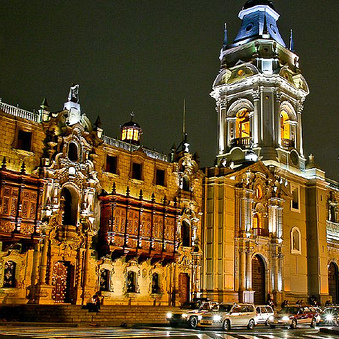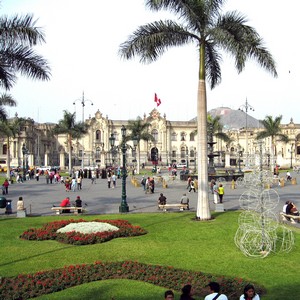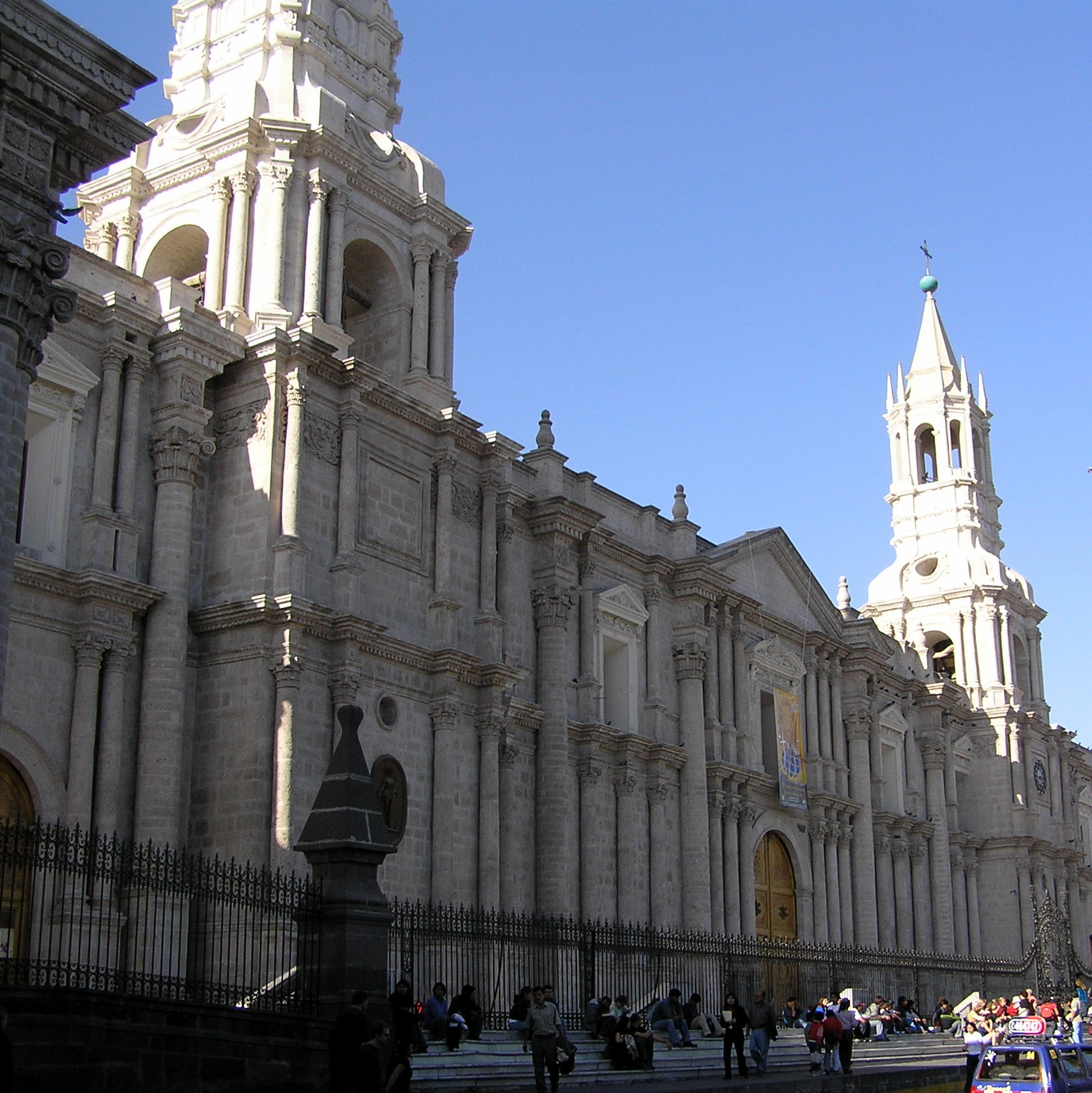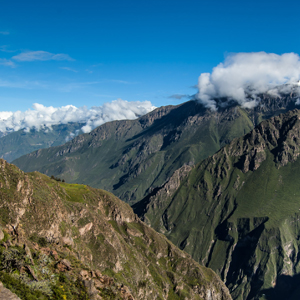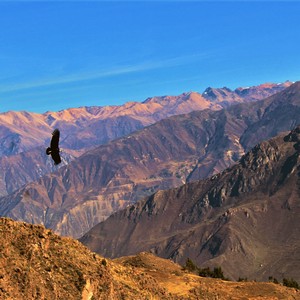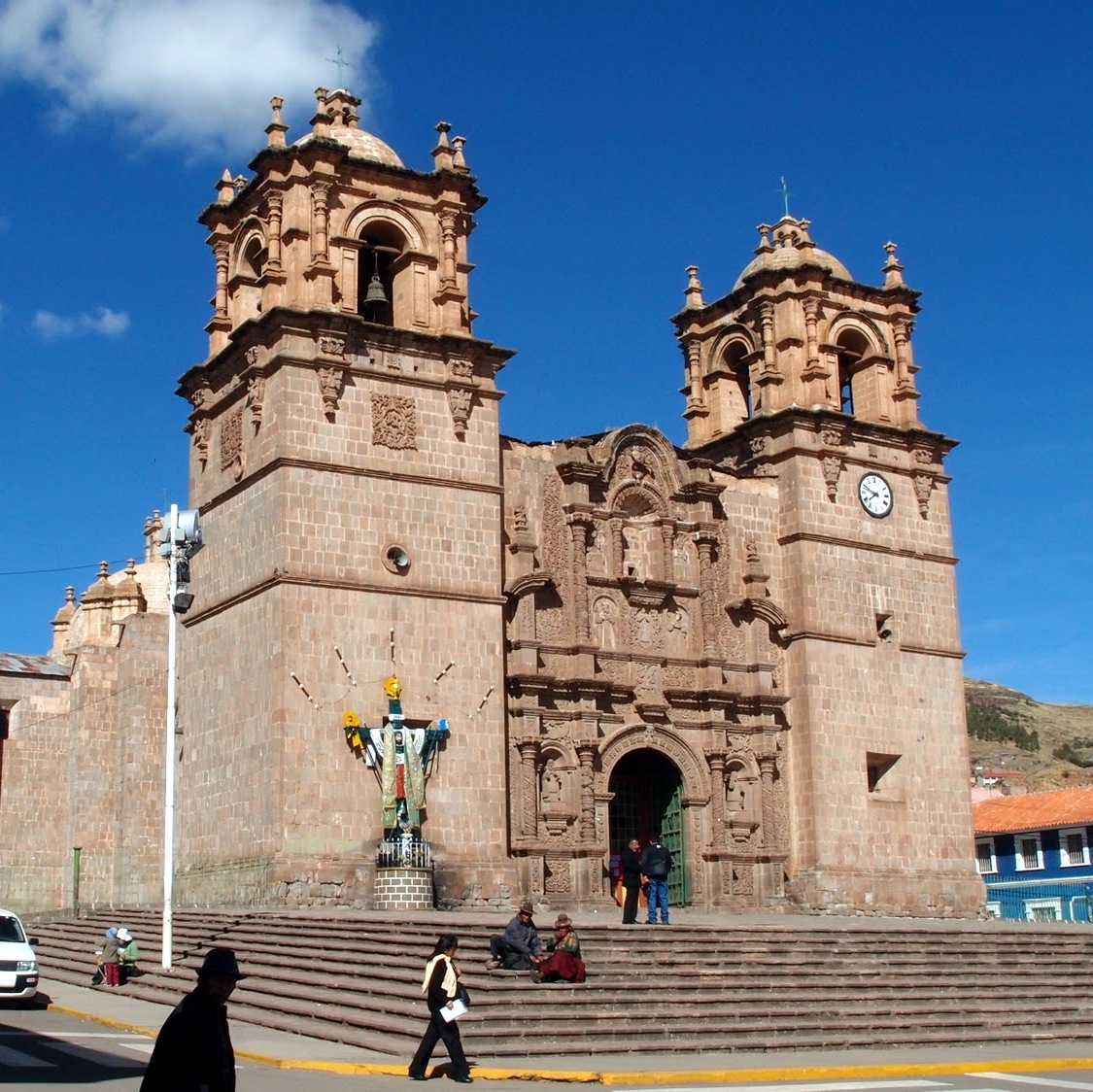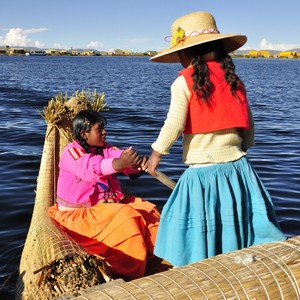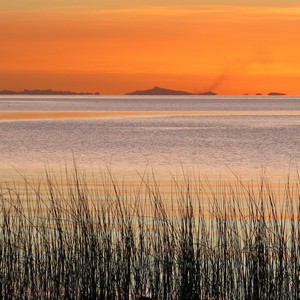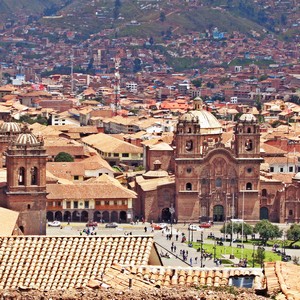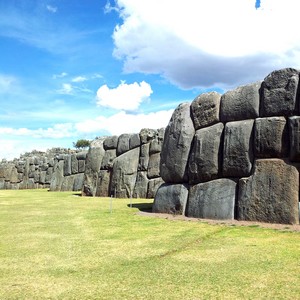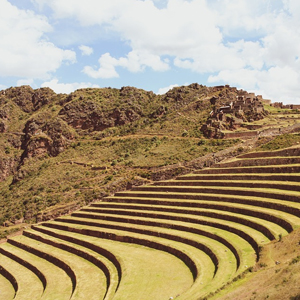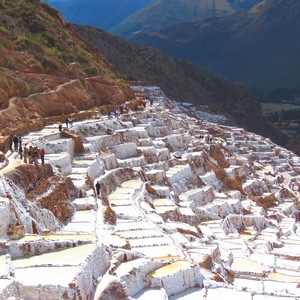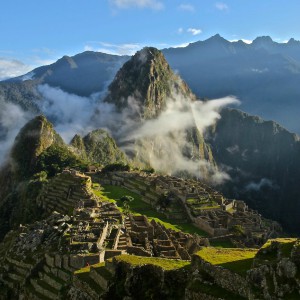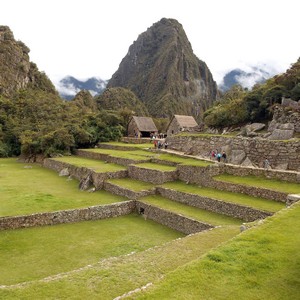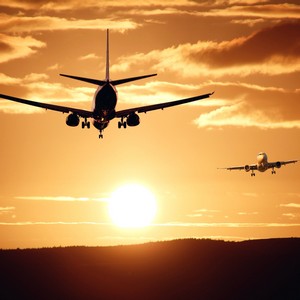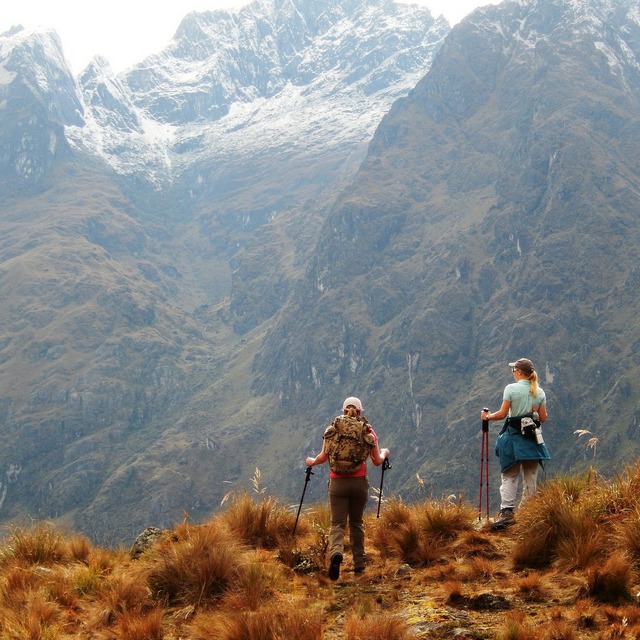The short 90-min flight time this morning from Lima to Arequipa means you won't miss out on the day ahead. Once you've landed and been escorted into town by your Travel the Unknown representative, hit the ground running on a city tour of Arequipa starting at the Carmen Alto viewpoint. From here you can see Arequipa's greatest secret: what surrounds it. This city, already poised at about 2,700m, is flanked by two of the world's highest volcanoes: El Misti and Chachani. One is 5,800m (18,000ft) and the other over 6,000m (nearly 20,000ft). Their benign guardianship over Peru's prettiest town is bound to leave you awestruck.
You'll then descend to the Yanahuara neighborhood, visit the Santa Catalina Monastery, and finish at the Plaza de Armas where the Cathedral stands tall and the Compañia Church await your respectful exploration.You'll finish the tour here, where shops, cafes, restaurants, and beautiful views are yours to explore before the rest of the day is your own.
Overnight in Hotel Katari, Arequipa , Superior King Suite
Meal plan: Breakfast & lunch
Arequipa is the capital and largest city of the Arequipa Region of Peru. Occupied by various peoples over time, it was re-founded in 1540 by the Spanish on the orders of conquistador Francisco Pizarro. Prior to Spanish
colonisation
, the city was valuable to the Inca empire as part of the route from Cuzco to the coast. It is Peru's second most populous city and metropolitan area, after Lima. Rich in baroque architecture crafted from white volcanic rock native to the area, Arequipa also contains a historic
centre
considered a World Heritage Site by UNESCO. Arequipa is famous for producing many of Peru’s leading political and cultural figures, including novelist Mario Vargas Llosa.
Arequipa's San Lázaro district is representative of the city's historic past, with narrow streets and passages surrounding picturesque squares and large houses. The district is thought to be the oldest in the city - Dominican priests built an evangelist chapel here in 1538.
Plaza de Armas is Arequipa's main sqaure, showcasing the city's traditional architecture with Peru's largest cathedral and impressive colonnaded balconies surrounding it. The buildings are all built from volcanic sillar, giving them their white colour and influencing the city's nickname of the 'White City'.
Sitting on the southeast corner of the Plaza de Armas, the Iglesia de la Compañía showcases an intricately carved façade in the 'churrigueresque' style. Built in 1578, the original construction collapsed in a 1582 earthquake, and the restorative work continued to be scuppered by several other earthquakes over the centuries. The Baroque-style altar is particularly impressive, completely covered in gold leaf and displaying the images of various saints.
Lima, Peru's capital, is located in the valleys of the Chillón, Rímac and Lurín rivers, and is one of the most arid cities in the world. Founded by Spanish conquistador Francisco Pizarro in 1535, Lima is a city with a variety of architectural styles. Also known as the Gastronomical Capital of the Americas, Lima has a mixture of Spanish, Andean and Asian cuisines.
